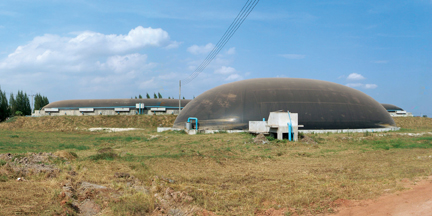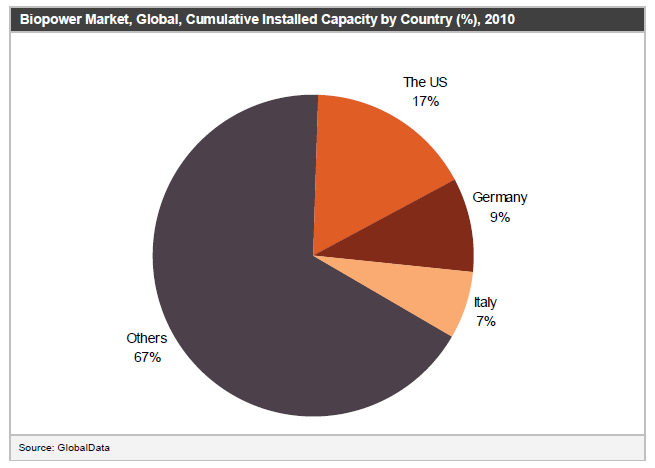Jatropha 2.0 - Biofuel Breakthrough
Advanced Biogas Thermal Mass Flow Meter Boosts Methane Recovery System Operation
Algae to Biofuel Technology
Gasplasma® Technology
Biofuels for the future
Separation of electrolytes from non-electrolytes by pseudo-charge mosaic membranes
Processing and Disposal of "soft" Municipal Solid Waste and Conversion into Electricity
Harvesting Energy from Organic Materials
Biofuels Potential to Transform the Global Economy
Biopower - Global Market Size, Feedstock Analysis, Regulations and Investment Analysis to 2020
Biomass Exchange - A Plug in the Missing Link
Microwave-induced Plasma Gasification
Bioenergy: Impediments and Plausible Solutions
Food Waste to Energy Conversion - Indian Perspectives
A Bean Called Castor Can Cut Carbon & Fuel the Future
Records 31 to 45 of 69
First | Previous | Next | Last
Featured Product













.jpg)
.jpg)